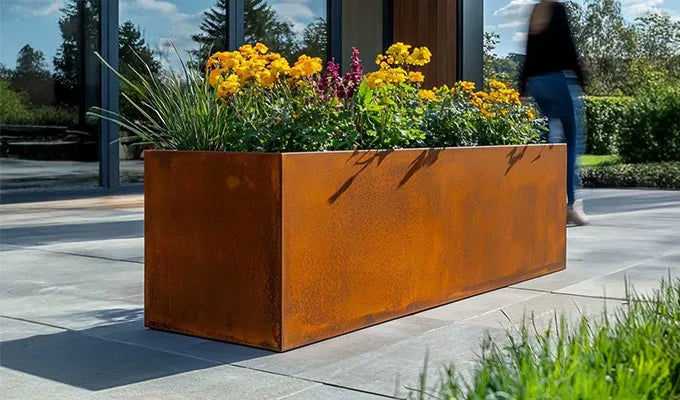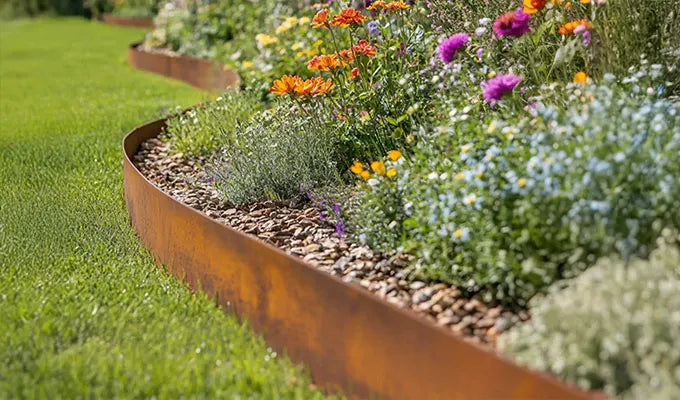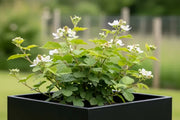The Allure of Pyrus: Beyond the Edible Pear
While the common pear, Pyrus communis, is celebrated for its delectable fruit, the broader Pyrus genus offers a wealth of ornamental species that are perfectly suited to the British climate and landscape. These trees provide year-round interest, from their glorious spring blossom to their striking autumn foliage and often, small, decorative fruits. They are remarkably hardy and adaptable, making them an excellent choice for gardens across the UK, from urban courtyards to expansive rural settings.
Pyrus in Planters
Many ornamental Pyrus varieties, particularly those grafted onto dwarfing or semi-dwarfing rootstocks, can thrive beautifully in large planters, making them ideal for patios, balconies, or smaller gardens. When choosing a tree for a container, look for compact varieties or those specifically recommended for pot cultivation. A substantial pot, at least 45-60cm (18-24 inches) in diameter and depth, is essential to allow for root development and to provide stability. Use a good quality, loam-based potting compost mixed with some slow-release fertiliser. Pyrus in planters will require more frequent watering than those in the ground, especially during dry spells and in summer; ensure the pot has adequate drainage. Feed annually in spring with a balanced granular fertiliser, or liquid feed fortnightly during the growing season. Overwintering is generally straightforward in the UK, but in exceptionally cold snaps, moving the pot to a sheltered spot or wrapping it in hessian can provide extra protection.
How to Grow Pyrus Trees
Pyrus trees are relatively undemanding. They prefer a position in full sun for optimal flowering and fruiting, though they can tolerate partial shade. They are adaptable to a range of soil types but thrive best in well-drained, moderately fertile soil, from sandy to clay, as long as it doesn't become waterlogged. When planting, dig a hole that is twice the width of the root ball and the same depth. Gently tease out any circling roots before placing the tree in the hole, ensuring the top of the root ball is level with the soil surface. Backfill with the excavated soil, firming gently to remove air pockets, and water thoroughly. For young trees, especially those planted in exposed locations, staking for the first year or two can provide crucial support. Once established, Pyrus trees are fairly drought-tolerant, but regular watering during dry periods, particularly for young trees, is beneficial. Pruning is typically minimal for ornamental varieties, usually limited to removing dead, diseased, or crossing branches in late winter or early spring. If you are growing a fruiting pear, specific pruning for fruit production will be necessary.
Flowering and Fruiting Times
The true spectacle of Pyrus trees often begins in spring, typically from April to May, when they burst forth with an abundance of delicate white or occasionally pink-tinged blossoms. These flowers, often appearing before the leaves, create a stunning display, carpeting the branches in a frothy white. The sheer volume of blossom is not only beautiful but also provides a vital early nectar source for pollinators. Following the spring blossom, the trees will then set fruit. Depending on the species or cultivar, fruit development will proceed through the summer, with ornamental varieties often producing small, hard, inedible fruits, sometimes only a few centimetres across. For edible pear varieties, the fruit ripens typically from late summer through autumn, generally from August to October, depending on the specific cultivar. Ornamental Pyrus often hold their small, cherry-like fruits well into winter, providing continued visual interest and a food source for birds, even after their autumn foliage has fallen.





















